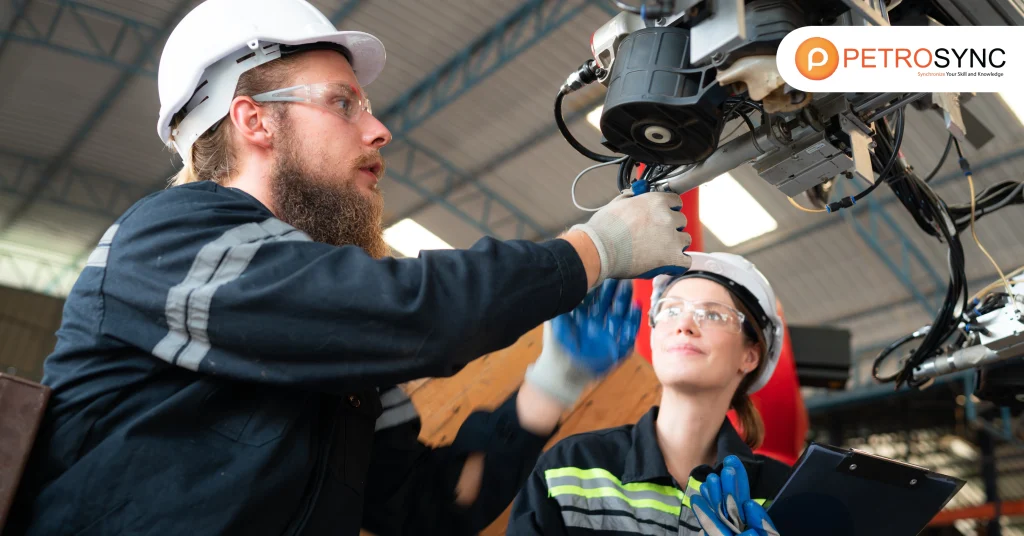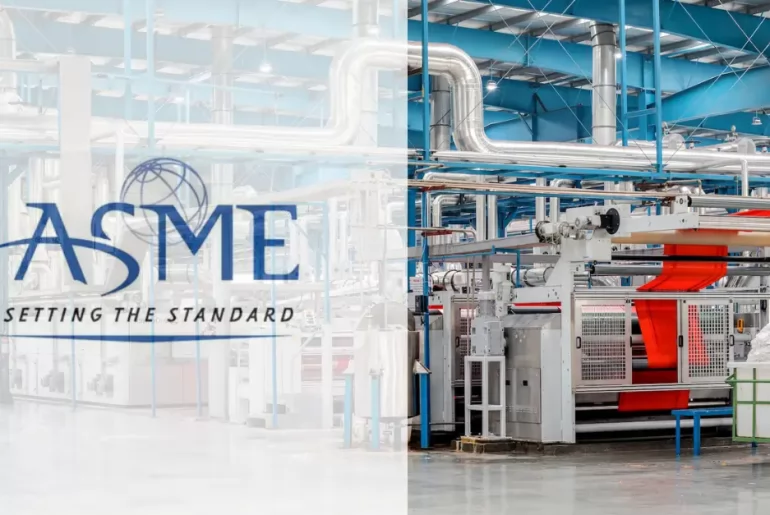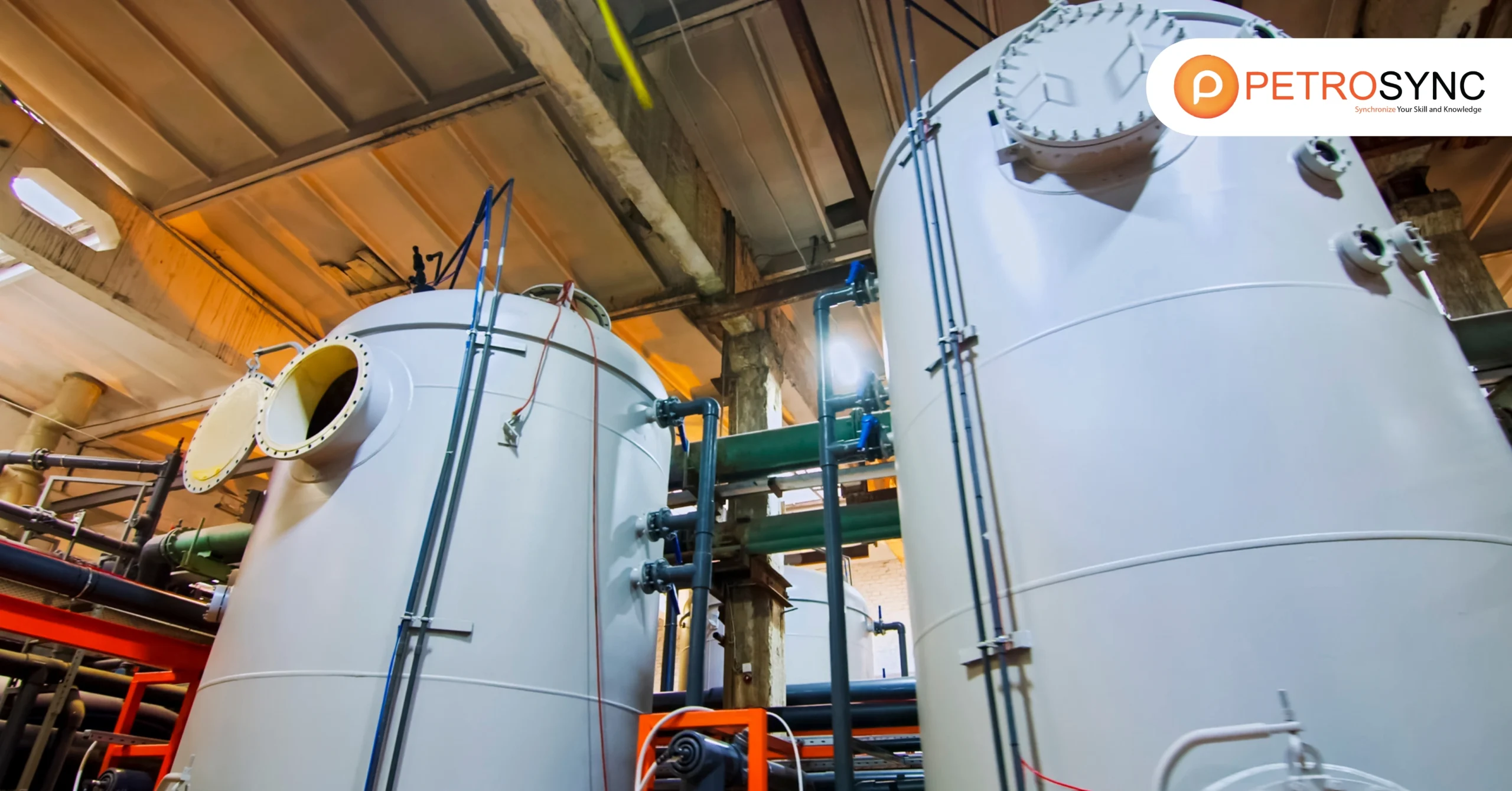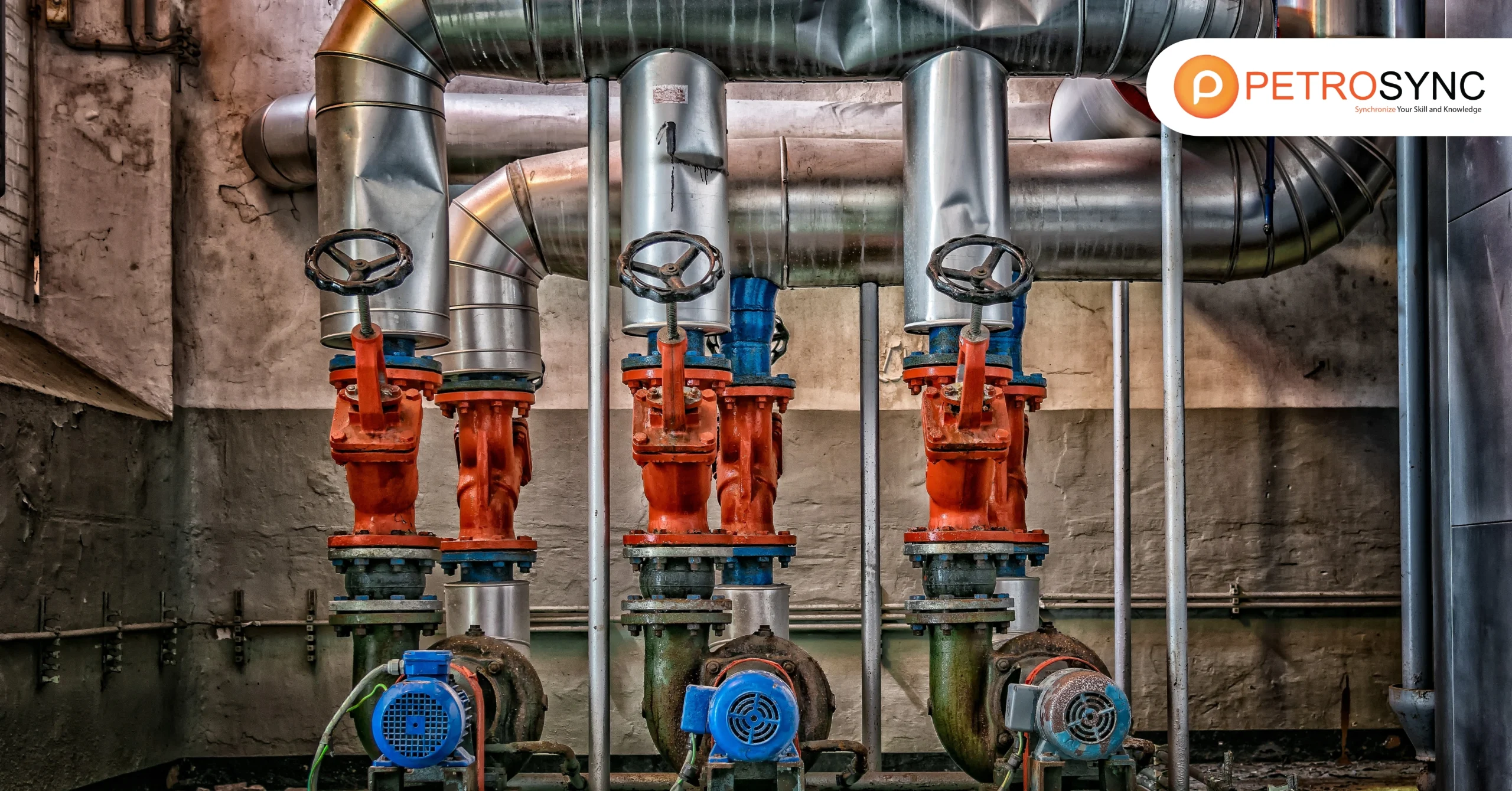The American Society of Mechanical Engineers (ASME) has been instrumental in driving industrial innovation and excellence. For nearly a century, ASME has developed standards improving safety, reliability, and quality in engineering, manufacturing, and construction.
ASME standard are an essential part of current industrial operations, from pressure vessel design to pipe code specification. But, what exactly is ASME? This post will go further into the meaning, functions, and importance of ASME in the worldwide industrial scene.
What is ASME?

ASME is an acronym for the American Society of Mechanical Engineers, an organization dedicated to the advancement and application of mechanical engineering. It is well-known for developing industry standards, granting professional certification, and providing a platform for engineers to interact and innovate.
ASME was founded in 1880 and has since grown to become an internationally recognized organization, laying the groundwork for safe, efficient, and innovative engineering methods. ASME plays an important role in ensuring the highest engineering standards in industries such as energy, manufacturing, and aerospace.
ASME sets standards for designing, building, operating, and maintaining mechanical systems across various technologies. These requirements ensure that equipment and processes meet demanding safety, performance, and environmental criteria.
ASME standards apply to a wide range of engineering processes, including applications in steam boilers and nuclear reactors, and help to ensure public safety and the environment.
What Is The Meaning of ASME?
To completely grasp the relevance of ASME, it is necessary to investigate the “ASME meaning” in a broader perspective. At its core, this standard is more than just an organization; it is a global force that affects the future of mechanical engineering through standards, certifications, and professional development programs.
This standard role goes beyond just setting rules; it serves as a bridge between theoretical engineering principles and practical, real-world applications. Its work empowers engineers and businesses to adopt best practices, innovate, and ensure that their designs and products adhere to international quality and safety standards.
This standard membership includes engineers, companies, academics, and individuals who share a common interest in advancing mechanical engineering. By providing a unified voice for the profession, this standard advocates for the importance of engineering standards and ensures that technical knowledge is shared and disseminated throughout the global engineering community.
Who Can Be Part of ASME Members?
ASME membership is open to anybody working or interested in mechanical engineering. this standard provides a growth platform for aspiring engineers, seasoned professionals, students, and companies looking to improve their technical competence. Membership grants access to a plethora of materials, such as journals, technical papers, conferences, and seminars.
That promote continued education and professional growth. As an ASME member, you may also contribute to the development of engineering standards and codes, keeping you on the cutting edge of industry innovation. this standard has several membership choices, including individual, student, and corporate memberships, each tailored to the demands of a specific type of member.
What Does ASME Offer?
ASME provides an extensive array of offerings in the field of mechanical engineering, guaranteeing top-notch quality and safety across diverse industries. The range of programs available includes the following.
1. Certification & Accreditation
ASME offers certification services for a wide range of equipment and systems, such as power boilers, pressure vessels, piping, and nuclear components. These services involve thorough evaluation and testing to ensure conformity with ASME codes and standards, ensuring the highest level of compliance and quality.
2. Learning & Development
ASME offers a range of training programs, workshops, and resources to support the growth of professionals and their technical knowledge. These opportunities foster continuous development, ensuring individuals remain well-informed about the latest advancements and industry best practices.
3. Publications & Submissions
This standard provides journals, standards, books, and digital materials, sharing knowledge and advancing mechanical engineering.
4. Conferences & Events
This standard releases conference and symposium proceedings, which document the most recent research and advancements presented at these gatherings. These publications serve as a valuable source for accessing state-of-the-art research and developments within the mechanical engineering community.
5. Topics & Resources
This standard covers topics & resources in various formats like articles, webcasts/podcasts, videos, and downloads. These formats provide easy access to knowledge, supporting diverse learning styles with discussions, visuals, and reference materials.
6. Government Relations
This standard Government Relations services involve collaborating with policymakers and regulatory agencies to advocate for the mechanical engineering community. They provide expert insights, recommendations, and analysis on key issues, shaping legislation and regulations. This standard fosters productive relationships with government entities to influence decisions impacting the field.
What Does it Mean By The Words “ASME Standards” and “ASME Codes”?
ASME, or the American Society of Mechanical Engineers, is a well-known non-profit organization based in the United States that promotes the advancement of mechanical engineering and related fields. this standard has developed a set of defined norms and guidelines for key machinery such as compressors, turbines, heat exchanger, pressure vessels, and boilers.
This standard provide the foundation for safe, efficient, and dependable designs in sectors around the world. The term this standard refers to the established practices that engineers must follow when designing, constructing, and operating mechanical systems. These standards ensure that products meet safety and performance requirements.
This standard codes, on the other hand, are a more specialized set of laws that establish precise criteria for specific technical uses. For example, the ASME Boiler and Pressure Vessel Code (BPVC) outlines the criteria for designing, manufacturing, and inspecting boilers and pressure vessels.
This standard provides guidance, while specific codes detail requirements for system design, building, and testing to ensure compliance.
What Are Some ASME Codes and Standards?
this standard develops a number of norms and standards that apply to many sectors of mechanical engineering. Some of the most commonly utilized this standard codes and standards are:
This standard applies to the design and construction of power pipe systems. It specifies the materials, design, fabrication, and inspection standards for pipe systems in power plants.
This section of the ASME Boiler and Pressure Vessel Code addresses the design and construction requirements for power boilers.
This code governs the repair and maintenance of pressure-retaining components, particularly in industries such as oil and gas.
This standard applies to the design and installation of process pipes, including chemical and petrochemical plant.
This section of the ASME BPVC outlines the design, construction, inspection, and testing of pressure vessels.
These norms and standards are essential for guaranteeing the safety, dependability, and efficiency of mechanical systems in a wide range of businesses.
What Is The Most Used ASME Standard?
The ASME Boiler and Pressure Vessel Code, often called this standard, is a highly recognized set of rules used globally by manufacturers, technicians, and inspectors. Employing these standards offers several advantages:
- Facilitate Collaboration and Knowledge Sharing: this standard encourage teamwork and information exchange among various engineering fields.
- Ensure Compatibility of Mechanical Products and Systems: They guarantee that mechanical products and systems work seamlessly together.
- Verify product performance: this standard ensure products meet established criteria and perform as intended.
In conclusion, this standard plays an essential role in the safety and reliability of mechanical products. A company must design, construct, install, maintain, inspect, and operate its equipment following the guidelines regulated by ASME.
Why Is ASME Needed?
This standard have become essential in industries that work with high-pressure systems, complicated mechanical operations, and dangerous materials. Their necessity derives from numerous factors:
Safety Assurance:
This standard codes ensure that systems involving boilers, pressure vessels, pipelines, and other critical equipment are designed to withstand operational pressures, temperatures, and external forces. This significantly reduces the risk of catastrophic failures, protecting both personnel and infrastructure.
Regulatory Compliance:
Numerous governments and regulatory agencies across the world require adherence to this standard. This compliance protects businesses from legal penalties and guarantees that projects fulfill high safety and operational standards.
Operational Efficiency:
The ASME standards are intended to optimize engineering systems. Companies that follow these set rules can ensure that their operations function smoothly, reducing downtime and maintenance difficulties.
Global Consistency:
For global corporations, this standard provides a common language for engineering practices. Consequently, this consistency ensures that equipment created in one country can be securely used in another, thereby fostering international collaboration and trade.
Furthermore, this standard guarantees safety, efficiency, compliance, and operational excellence within the oil, gas, and petrochemical industries, ultimately supporting innovation.
Join PetroSync’s ASME Training for Professional Excellence
To succeed in the competitive field of mechanical engineering, it is critical to stay current on industry norms and practices. PetroSync provides comprehensive ASME training programs to help you gain the knowledge and skills required to fulfill worldwide engineering requirements.
Whether you’re looking for ASME certification or want to improve your grasp of this standard codes and standards, PetroSync’s training courses give a hands-on learning experience. Join us today and elevate your professional skills with PetroSync’s ASME training.

Results-oriented and thorough SEO specialist with extensive experience in conducting keyword research, developing and implementing digital website promotion strategies and plans, managing campaigns to develop company websites in the digital world, excellent knowledge of marketing techniques and principles, and attentive strong attention to detail.







